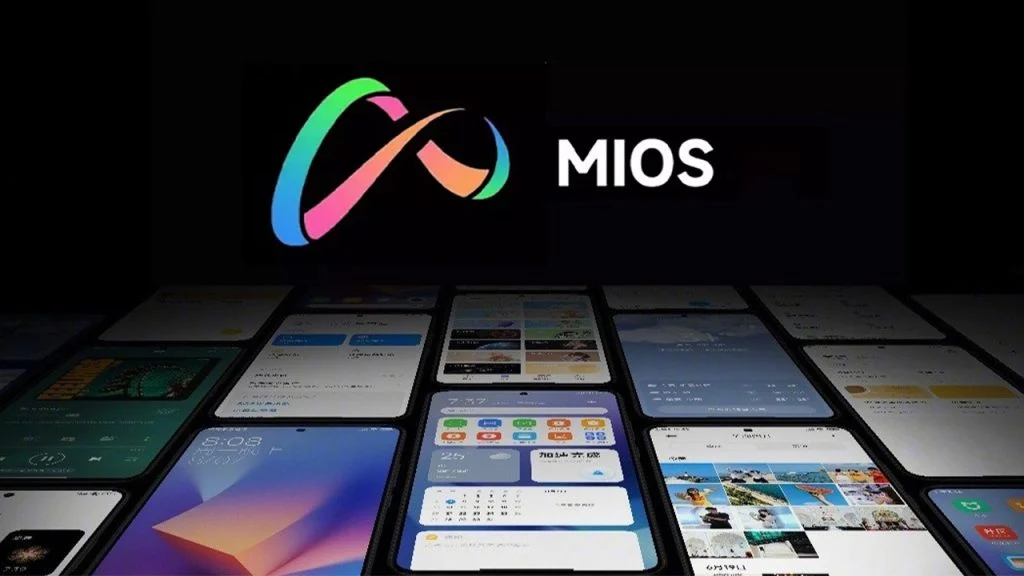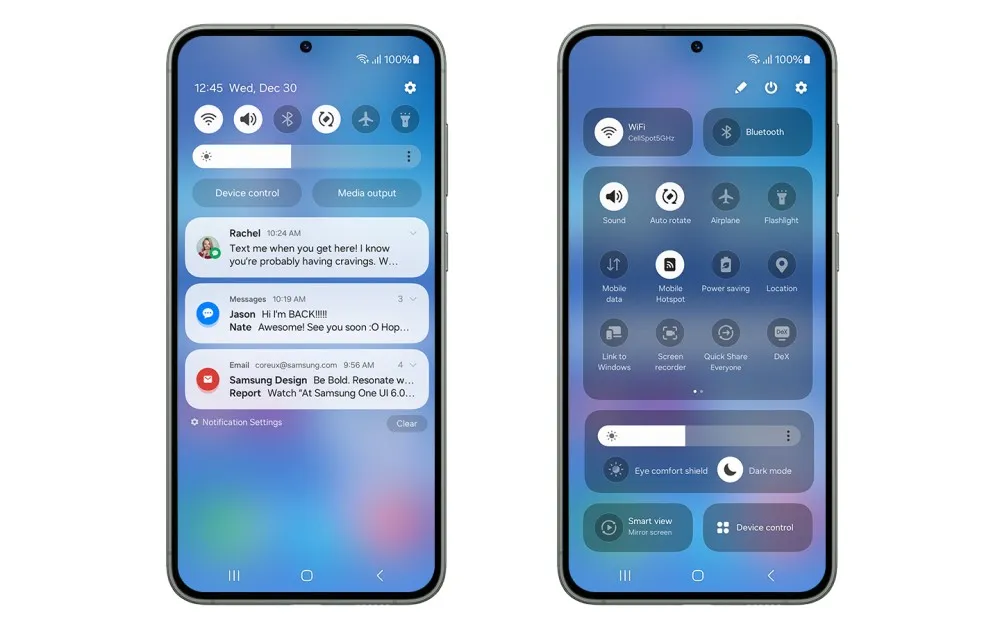Samsung's Innovative Square-Shaped Phone with Extendable Display
Samsung, the South Korean tech giant, is known for its groundbreaking innovations in the smartphone industry. With its latest offerings, the Galaxy Z Fold 5 and Galaxy Z Flip 5, Samsung has established itself as the leader in the foldable smartphone segment. However, a recent patent suggests that the company may be exploring a new design concept that focuses on an extending display panel rather than a flexible one.
Solving the Issues Faced by Foldable Phones
Foldable phones, while impressive in their design, come with their own set of challenges. The moving parts in these devices make them more vulnerable to damage and less durable compared to traditional smartphones. Samsung's new patent showcases a square-shaped handset with an extendable screen, which could potentially address some of these issues.
By incorporating an extending display, Samsung aims to create a more conventional screen that offers enhanced durability and practicality for users. Unlike the current foldable phones with tall flexible panels, the extending panel in this design is a small section of the device that can be pulled out to provide additional screen real estate.
Enhanced Flexibility and Durability
The patent outlines the use of parallel alignment, along with unique connections and support structures, to ensure greater flexibility and durability for the display. While it's important to note that this is just a patent and not a confirmed product, it offers an intriguing glimpse into what future smartphones with flexible screens could potentially look like.
Conclusion
Samsung's exploration of an extendable display design for smartphones demonstrates the company's commitment to pushing the boundaries of innovation in the industry. While it remains to be seen whether this concept will become a reality, it certainly opens up exciting possibilities for the future of smartphone design.



